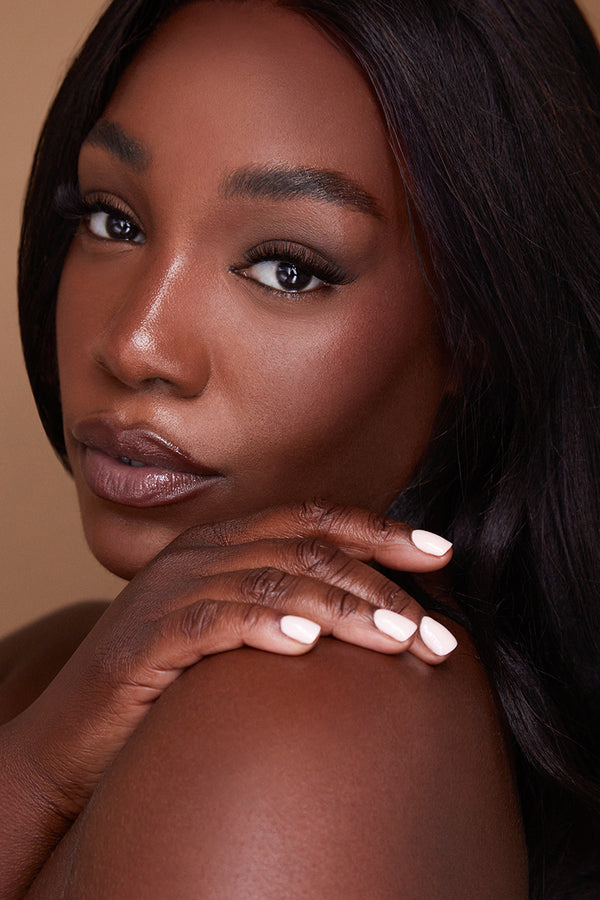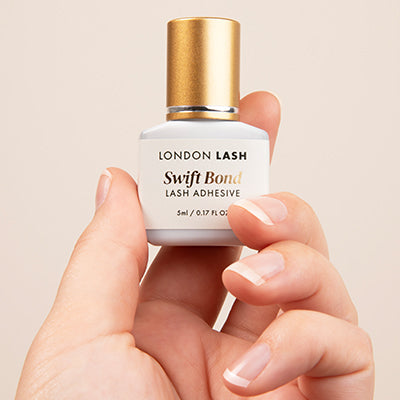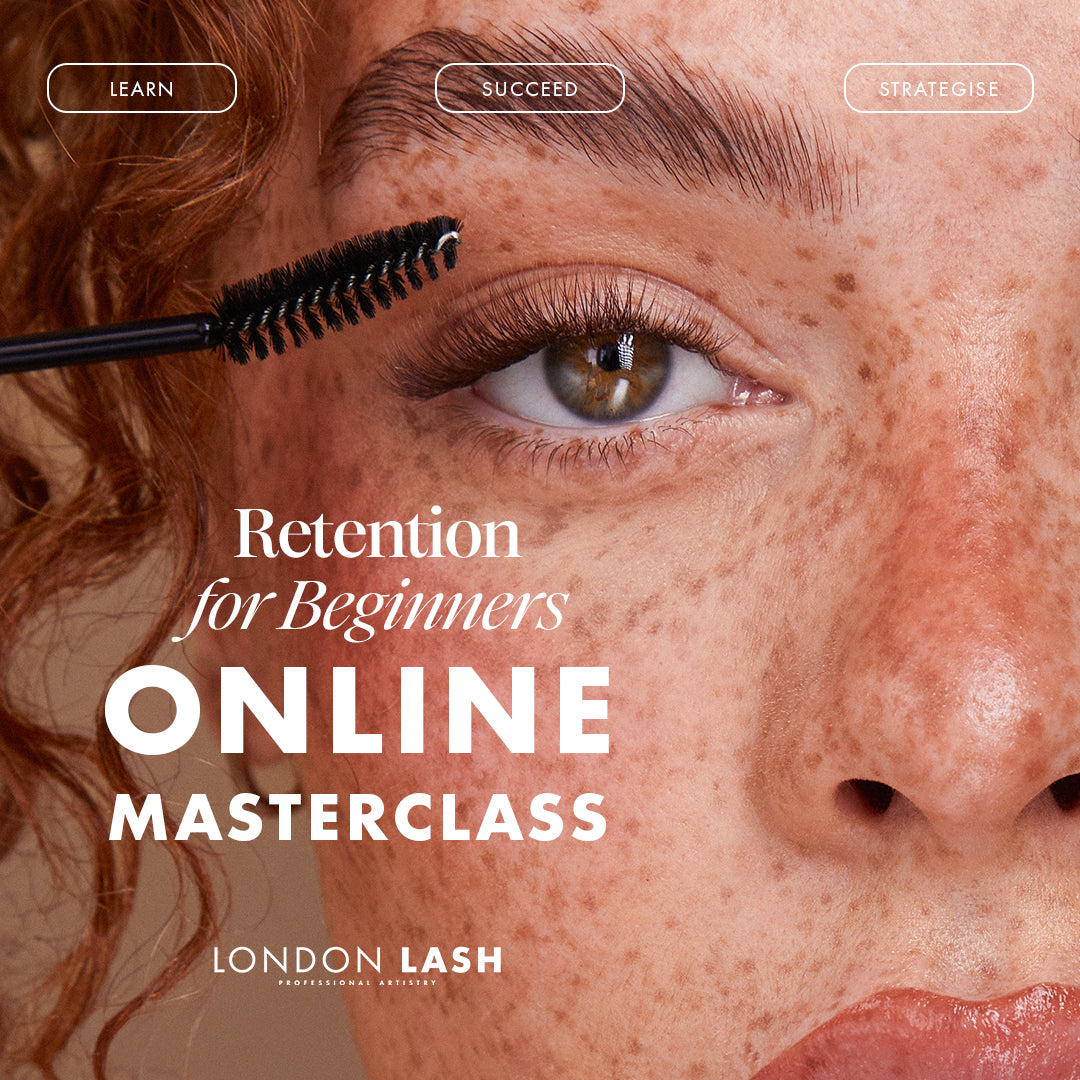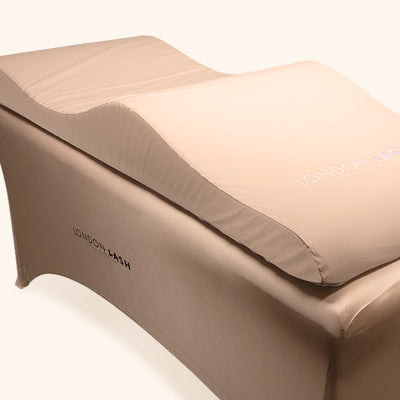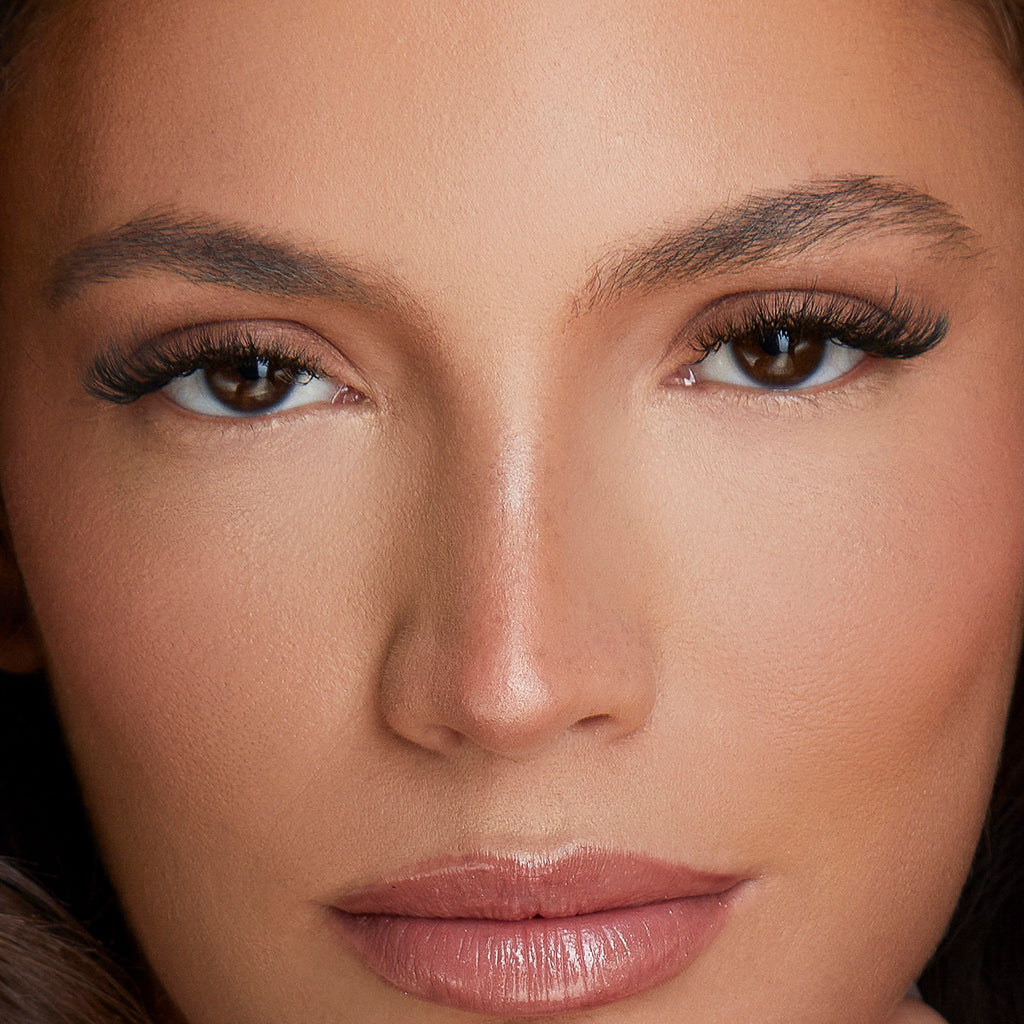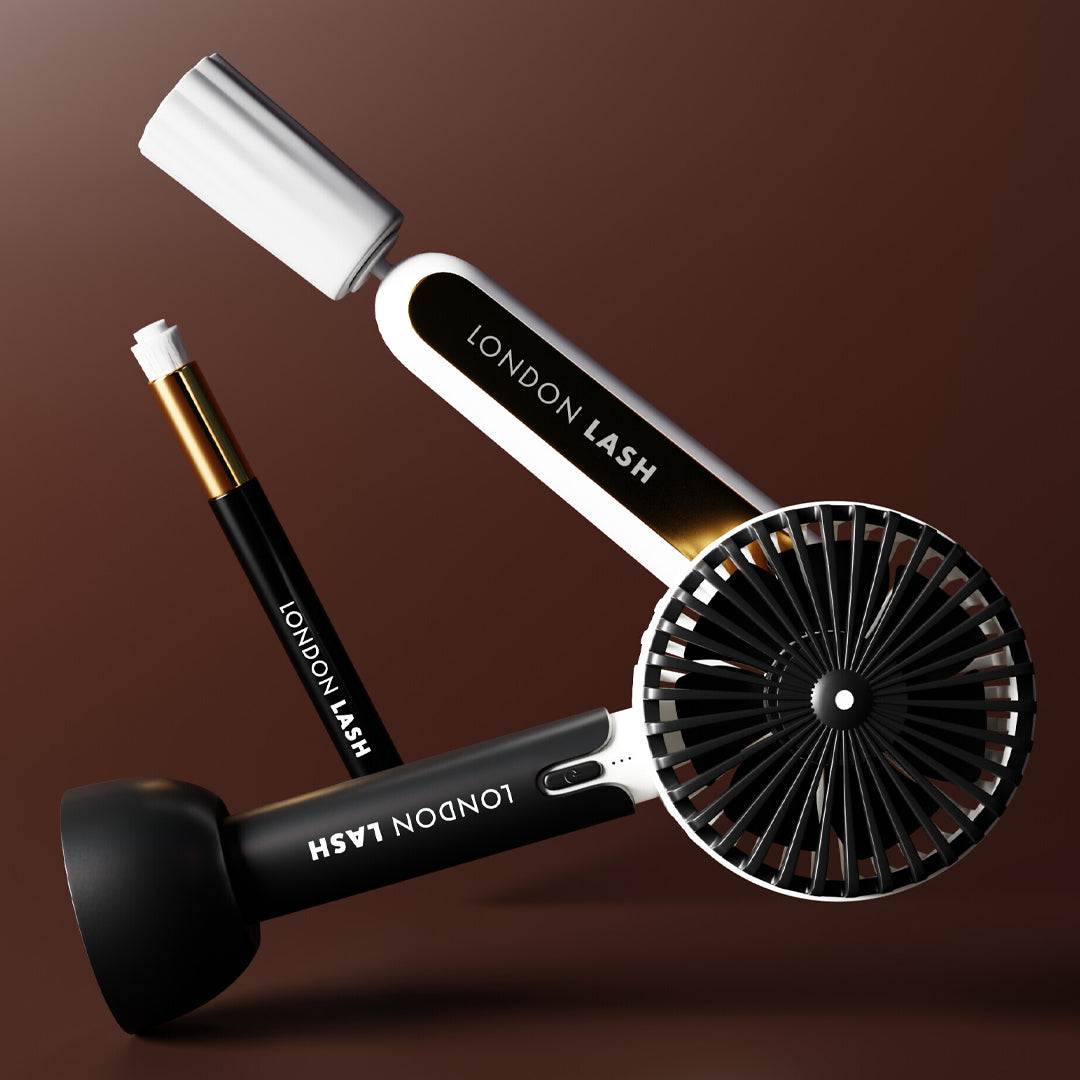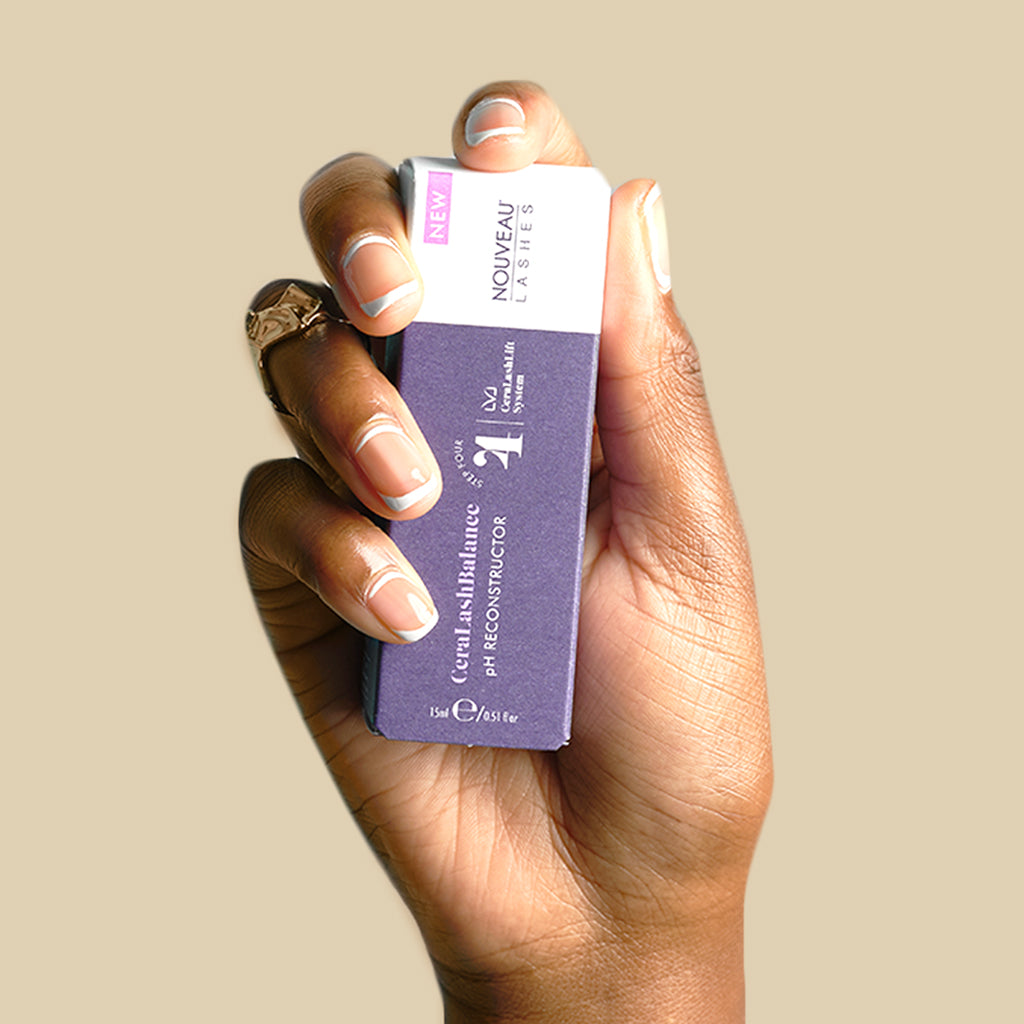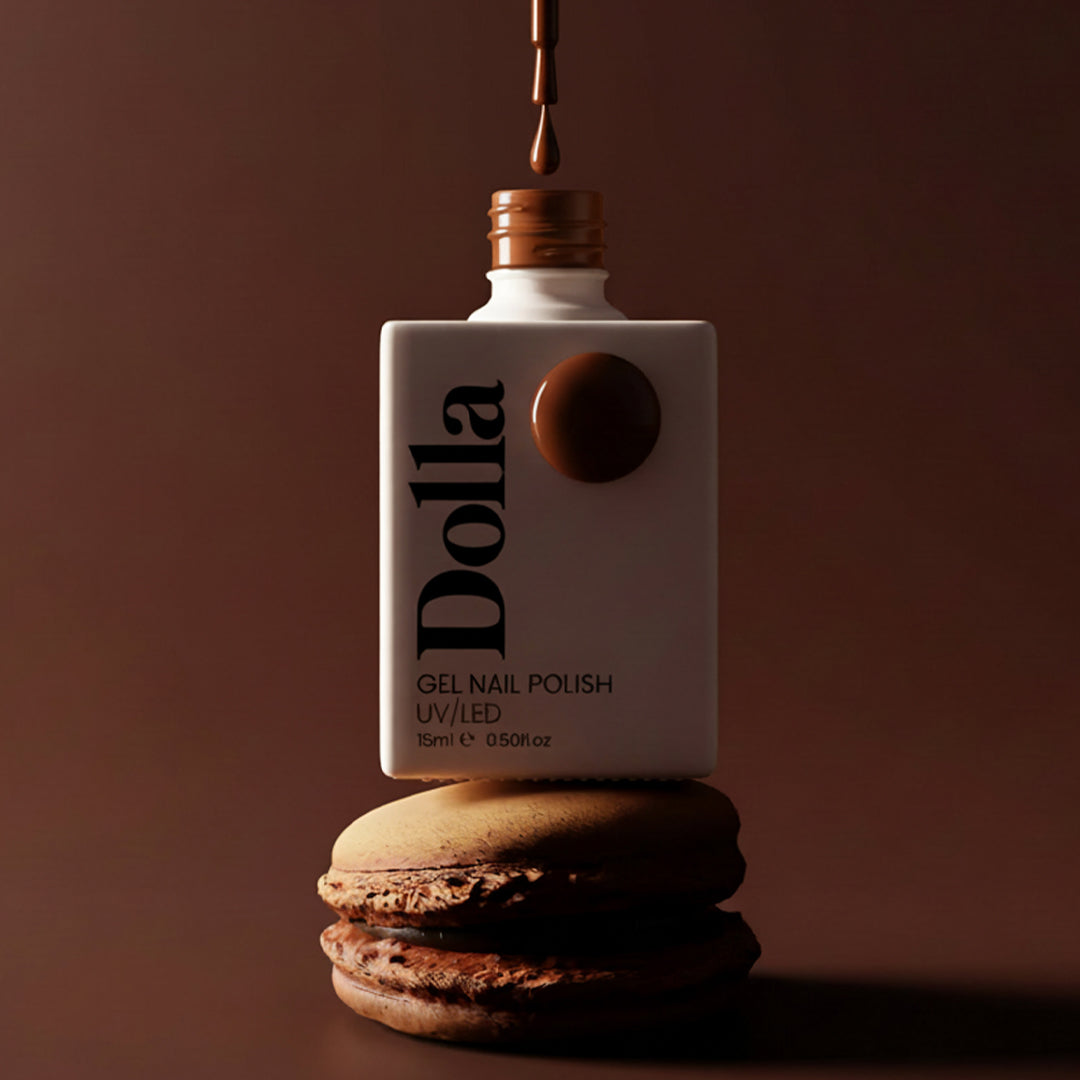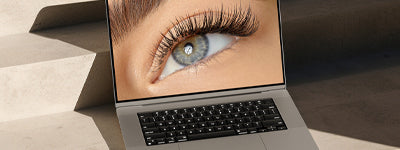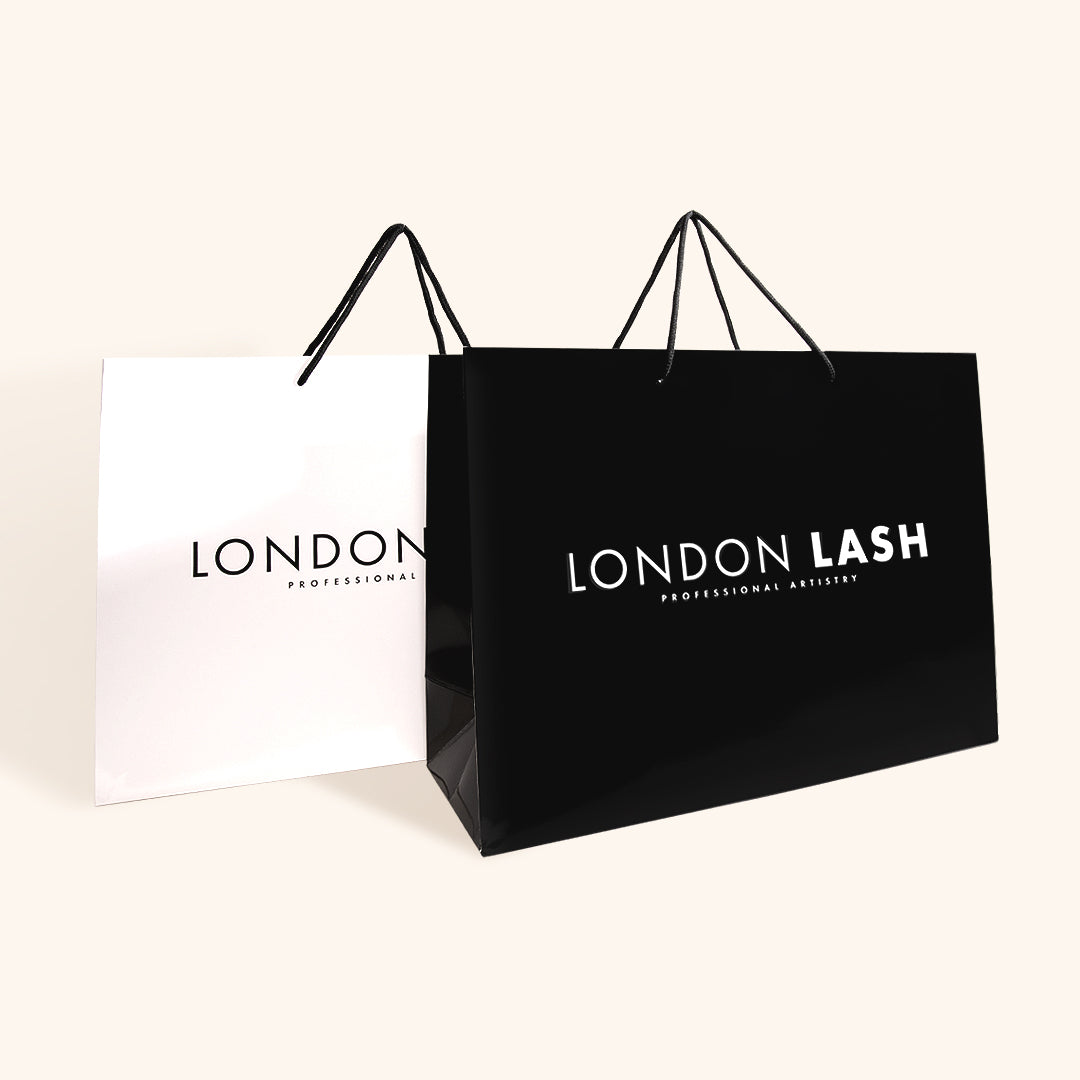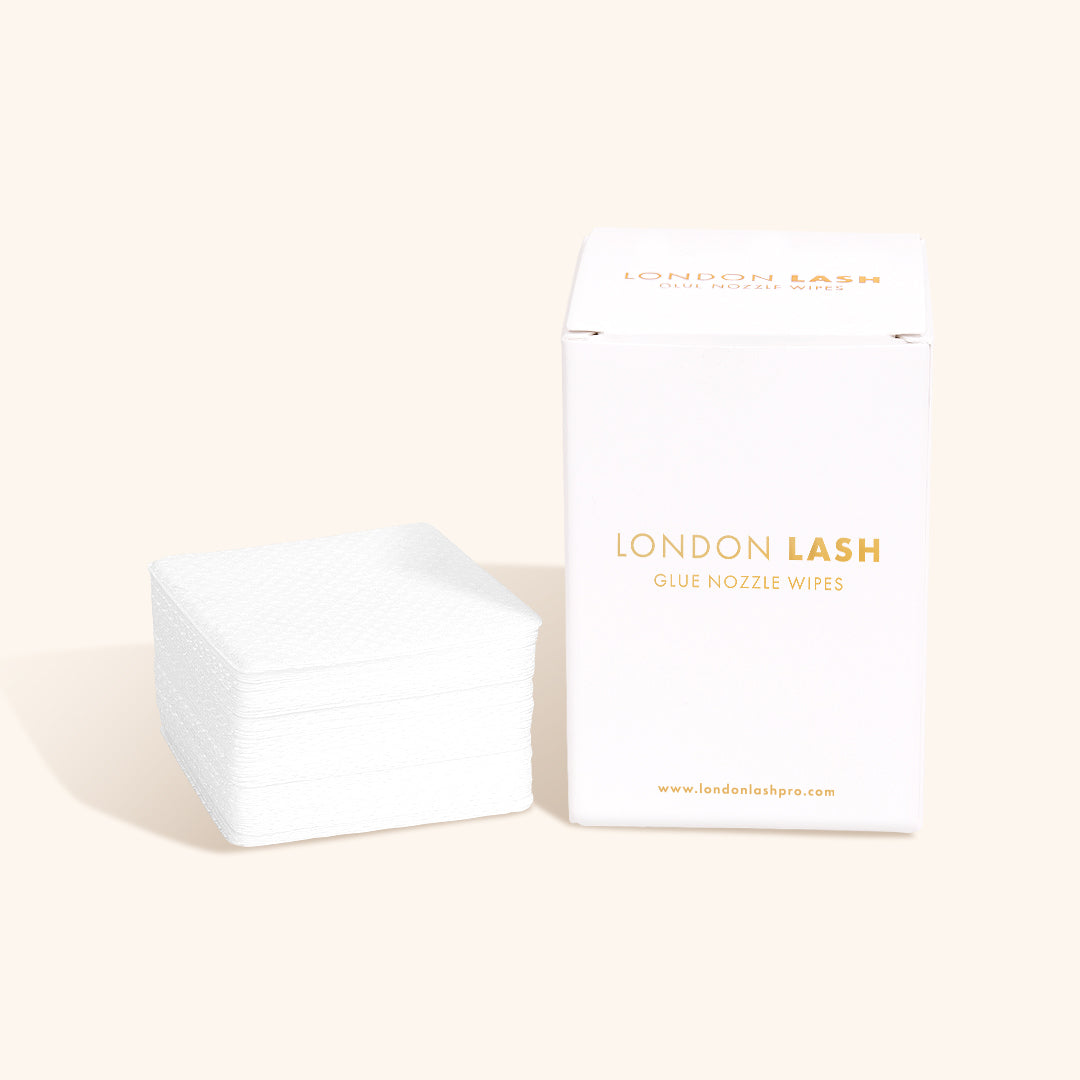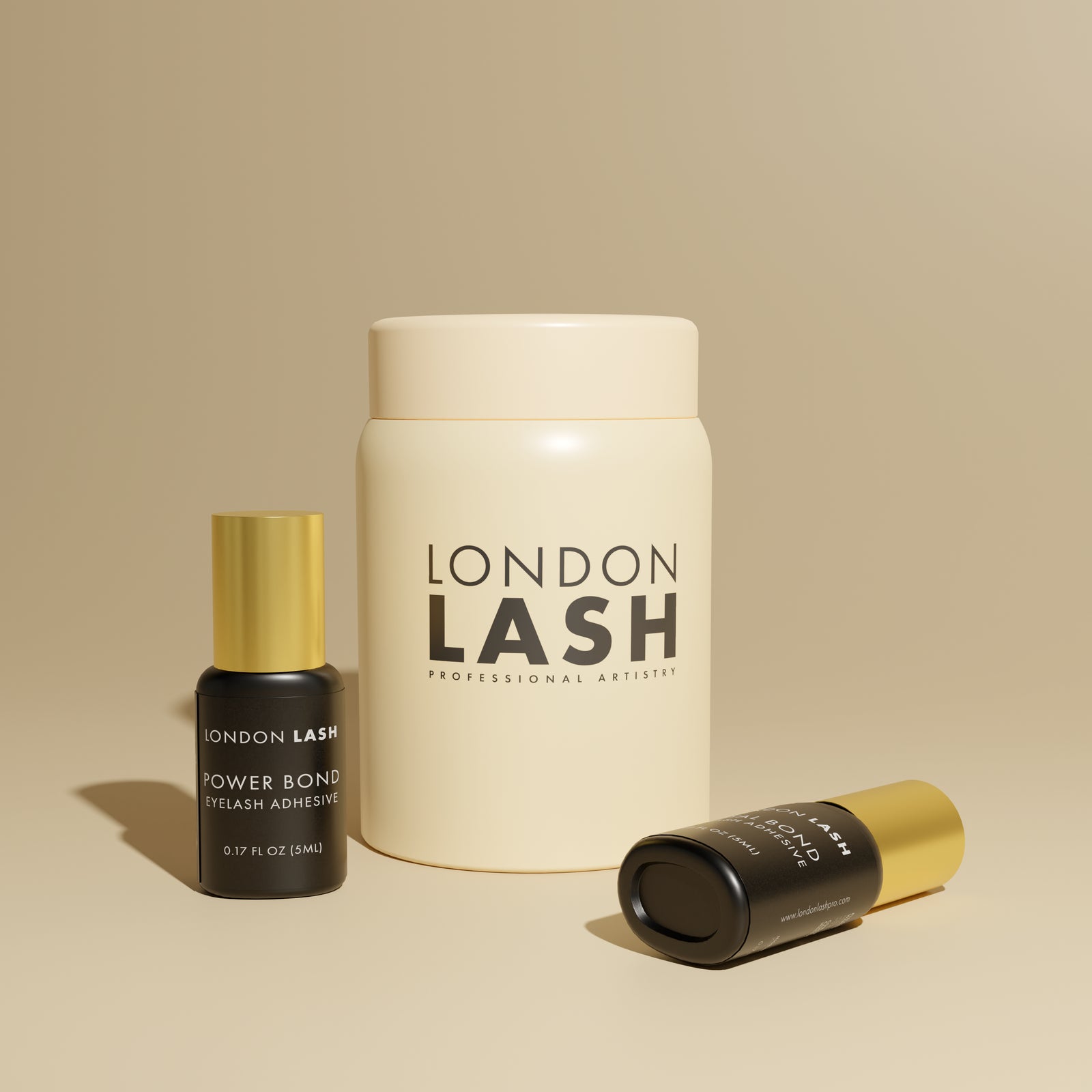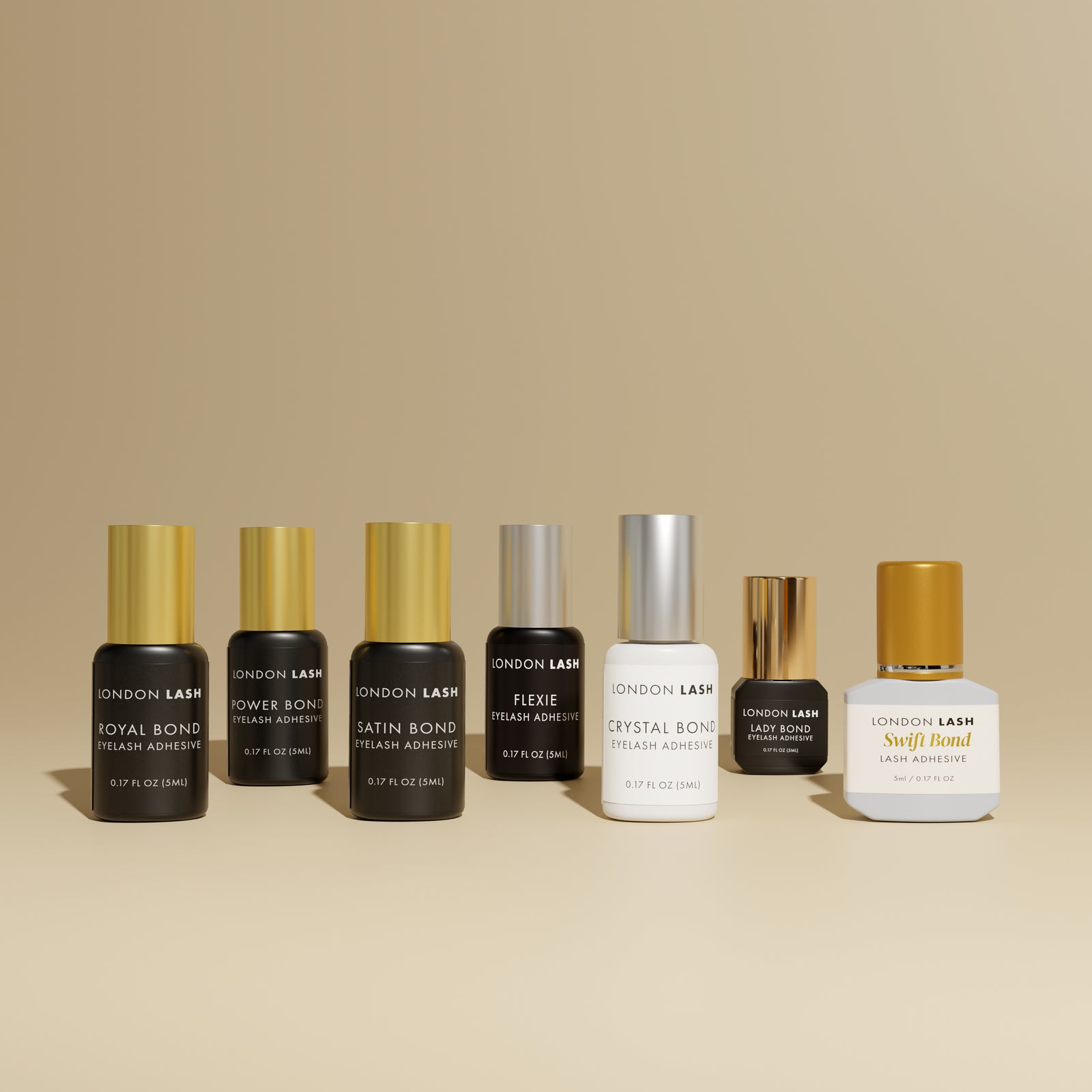New In
Glues & Liquids
Lashes
LASH LIFT
Dolla Nails Pro
Online Training
Save up to 57% off
Behind the Beauty: Lash Tech Horror Stories Unveiled
October 25, 2023 6 min read

Lash Extension Horror Stories and How to Avoid Them
Lash extensions have become a beauty staple for many, offering a convenient way to achieve long, luscious lashes without the need for mascara or falsies. However, as with any beauty treatment, there are potential pitfalls. Lash Technicians have seen it all, from stickies causing clumpy lashes, to severe allergic reactions, it’s not all glitz and glam. Let’s delve into some of the most common lash extension horror stories with expert advice on how to avoid them!

The Dreaded Stickies
One of the most common issues Lash Technicians face are 'stickies.' These occur when two or more lashes stick together due to excessive or improperly applied eyelash glue and poor isolation. Try not to feel disheartened if this happens to you; it’s fairly common, especially among clients with fair lashes that are harder to see! Stickies are the worst though, not just for Lash Techs, but mainly for your clients who will suffer from discomfort and even pain. Not only can stickies result in an unattractive clumped appearance, but they can also potentially cause damage to the natural lashes!
How to Avoid Them:
- Ensure you're using high-quality lash glue specifically catered to your working conditions and level of expertise.
- Use the right amount of glue. Too much can lead to clumping, whilst too little might not hold the lash in place. If you’re still unsure of how much lash glue you should be using, then check out our ‘What are Stickies?’ blog post!
- Invest in a good pair of lash tweezers. Choosing a comfortable pair of isolation tweezers is essential. By having a fantastic pair of eyelash tweezers, you will be able to separate any stickies immediately after application.
You can learn more about stickies and how to avoid them with this blog post!

The Painful Chemical Burns
Chemical burns are literally a pain! Whilst a chemical burn isn’t as extreme as it sounds - it’s still not particularly pleasing, but it’s not as horrific as the name suggests. It’s safe to say that if your client has bloodshot eyes, particularly near their lower lash line, this is the result of a chemical burn and not an allergic reaction. Fear not! Although uncomfortable, it will calm down fairly quickly on its own. But how does this happen, and how can you prevent this in the future?
A chemical burn is the result of your client's eyes being open during the treatment, exposing them to glue fumes. Whether they need a toilet break, check their phone during their appointment, or if their eyes are flickering - all of this can lead to a chemical burn. However, there are also factors you need to consider from your side as a Lash Tech that could potentially cause a chemical burn such as; if you were resting on them eyepatch with your isolation tweezers and pushing the eyelids down, or if you’ve placed the eyepatches too close to your client’s lash line, then their eyes won’t be able to fully close.

- Remind your clients to keep their eyes closed!
- Check that your clients’ eyepatches are positioned correctly. If they are too high, this increases the risk of them opening their eyes due to discomfort.
- Advise your clients to avoid caffeine prior to their appointment to minimize the risk of flickering eyelids.
- Use a sanitized coin and some foam tape to weigh the eyelids down so they don’t flicker.
- If your client has prominent eyes, switch out eyepatches for foam tape - the thickness of the foam tape will help to prevent fumes from entering their eyes.
- Use a lash mirror to check if your clients’ eyes are fully closed.
- Don’t use too much pressure on your isolation tweezers, it’s an easy mistake to make!

Allergic Reactions: More Common Than You Think
Unlike a chemical burn, an allergic reaction can occur due to the products you are using and how your client reacts to them. Allergic reactions to lash extensions can range from mild itching and redness to severe swelling and pain. But keep in mind that the reaction probably has nothing to do with the lashes themselves, as they’re made from synthetic fiber. The primary culprit is often the eyelash glue, which contains ingredients such as cyanoacrylate, that some individuals are sensitive to.
First things first, what are the telltale signs? An allergic reaction usually causes puffy eyelids alongside other symptoms like:
- Redness on and around the eyes
- Watery eyes
- Itchy lash line
- Soreness around the eye area
- Always conduct a patch test at least 48 hours before applying lash extensions. However, it’s important to remember that patch tests are never 100% accurate. Typically, an allergic reaction to lash products is a developed allergy, meaning your client may be perfectly fine after their patch test, or even after a few appointments, but they suddenly may unpredictably react.
- Educate your clients about the potential risks and ensure they inform you of any allergies they may have.
- A thorough consultation is essential. Make sure you provide your client with a consultation sheet so that they can highlight any allergies.
- If your client has had an allergic reaction, do not continue with any treatment and suggest they visit their doctor. Do NOT give any medical advice, as you are not a medical professional.
- After visiting a medical professional, advise them to come back to you if they need the lash extensions removed safely.
If you need more advice about chemical burns and allergic reactions, check out our blog post!

The Importance of Choosing the Right Lash Type
With various lash options available, from individual lash extensions to fluffy Volume lash fans, it's essential to choose the right type for each client. The wrong choice of lash thickness, curl, and weight can lead to an unnatural appearance or even damage the natural lashes.
How to Avoid This:
- Conduct a thorough consultation with each client to understand their desired look and assess the health and strength of their natural lashes.
- Educate clients about the differences between Classic, Hybrid, and Volume lash extensions, helping them make an informed choice.
- Regularly update your skills and knowledge to stay abreast of the latest lash trends, products, and techniques.
- If your client's natural lashes are damaged, don’t use lash extensions that are too heavy for their natural lashes as this could put strain on them, causing breakage and possibly permanent damage.
- Remember, you don’t need to achieve 100% coverage! Small, weaker lashes can be left bare as, most of the time, it won’t affect the overall look of the lash extensions.
Check out the differences between each of our lash extension ranges with this blog post!

The Unexpected Lash Glue Crisis
Every Lash Technician's nightmare is realizing mid-application that they've run out of lash glue, discovering that their glue has dried up, or that their glue nozzle has become blocked. Not only can this disrupt the application process, but it can also compromise the quality of your retention!
Running Out of Lash Glue
It's a simple issue but one that can cause significant disruption, especially if you have back-to-back clients.
How to Avoid This:
- Always keep an inventory of your supplies and re-order lash glue well before you're likely to run out. If you’re swamped, like most of us are at this busy time of the year, why not consider a lash glue subscription? Our lash glue subscription service is catered around you, with flexible delivery options of 2, 4, or 6 weeks. Trust us, you’ll never run out of your favorite eyelash glue again!
- Consider keeping a backup bottle of lash glue in your kit. This ensures you're never caught off guard, even if one bottle finishes unexpectedly.

Blocked/Dried Up Lash Glue
Lash glue can dry up or become blocked if not stored correctly or if the bottle isn't sealed tightly after use.
How to Avoid This:- Always ensure the bottle cap is tightly sealed after each use to prevent air from drying out the glue.
- Store your lash glue in a cool, dry place, away from direct sunlight. We’d also suggest storing your lash glues in an airtight container so that any pesky air can’t worm its way into the bottle, causing it to polymerize.
- Regularly clean the nozzle of the bottle with a lint-free nozzle wipe to prevent any dried glue from causing blockages.
- Invest in a rescue kit and keep spare nozzles, just in case you need them. If your lash glue nozzle is dried beyond repair, remove the nozzle, and simply replace it with a new one.

And there we have it! Those are the most common lash horror stories that we see and hear about - scary right? Well, there’s no need to be on edge if you take our advice into consideration. Prevention is better than cure! By staying informed, using high-quality products, and continuously updating your skills, you can ensure that you avoid these mishaps, and that your clients leave your salon with gorgeous, healthy lashes every time!
Check out these featured products
Subscribe
Sign up to get the latest on sales, new releases and more …
